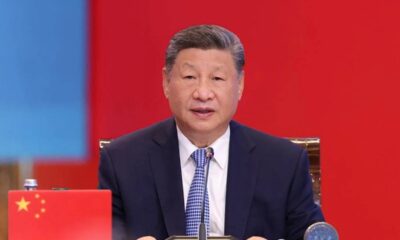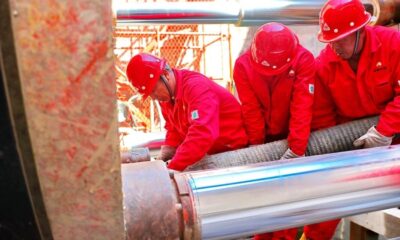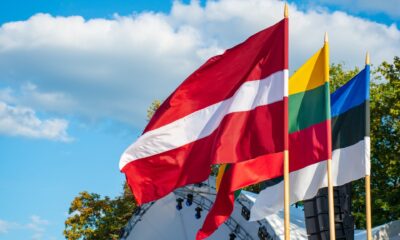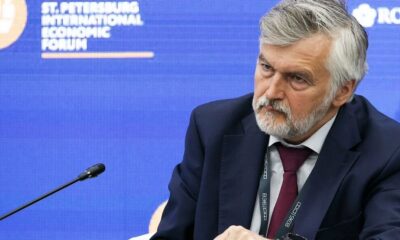Europe
Greece buys Russian gas through TurkStream
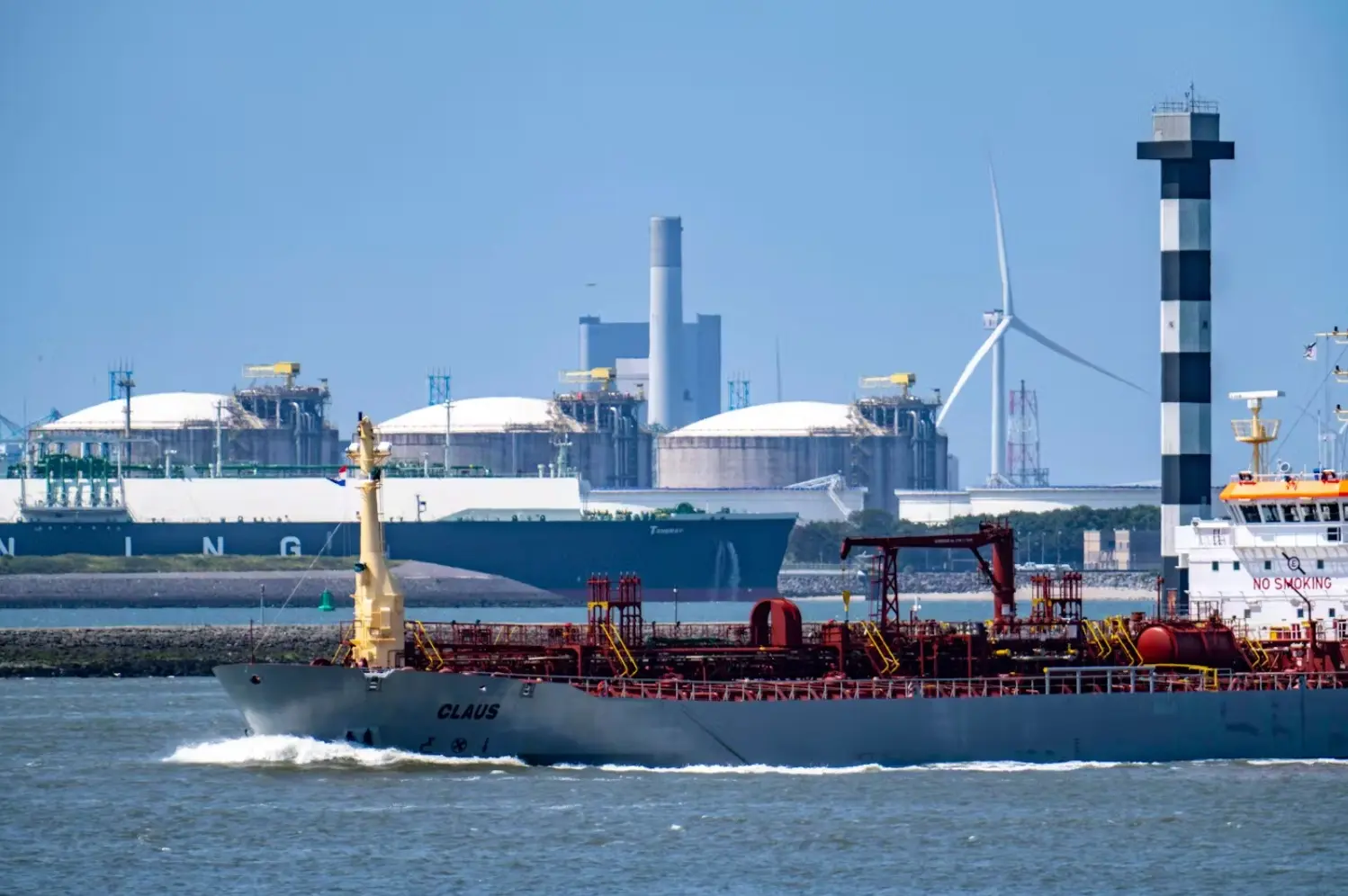
According to the Berliner Zeitung, Greece has suddenly halted its ambitious LNG plans and opted to rely on gas from the TurkStream pipeline from Russia to Turkey.
The EU wants to end its dependence on Russian gas by 2027. Indeed, the share of Russian pipeline gas in EU gas imports will fall from 40 percent in 2021 to 8 percent in 2023.
However, according to the report, there are now signs that this trend will not continue. Some EU countries, such as Greece, have even started to import more Russian pipeline gas again. Instead, plans for additional LNG terminals have been put on hold.
Gas imports via TurkStream on the rise
According to Handelsblatt, around 60 percent of Greece’s gas imports currently come from Russia. In 2022, this figure will be only 14 percent.
Greece is not alone: Russia’s share of Austria’s gas imports has also risen from 87 to 91 per cent.
Hungary has signed new supply contracts with Gazprom for 2023.
Greece, however, had other plans last year. A project for five new LNG terminals was announced, which would make the country one of the most important LNG hubs in the region. The plan was to supply LNG as far as Ukraine.
But the Greek government has now backtracked. Our LNG capacity is more than sufficient,’ Handelsblatt quoted Greek Environment and Energy Minister Theodoros Skylakakis as saying. The future of the LNG projects is now uncertain.
Athens wants to block ship-to-ship transfers of Russian oil
However, according to a report in the Greek City Times, the Greek navy this week extended an advisory effectively banning shipping off the south-east coast of the Peloponnese and beyond.
According to three sources, the move is aimed at preventing ship-to-ship transfers of Russian oil in Greek waters.
In recent months, Greece has regularly issued and extended similar advisories for military exercises in the Gulf of Lakonia and off the island of Kythera (Chuha), urging commercial and other vessels to avoid these areas.
The latest advisory has been extended until 15 September 2024.
It is clearly effective in preventing the diversion of shipments that should not be diverted,” said one of the sources, citing this as one of the main reasons for the extension.
Russian gas continues to reach the EU
Data from the think tank Bruegel show that the EU’s gas imports from Russia are increasing.
In the first week of July 2024, they amounted to 648 million cubic metres, compared to only 562 million cubic metres in the same period in 2023.
In particular, more Russian gas was imported via pipelines in Ukraine and Turkey. For example, the TurkStream pipeline transported 344 million cubic metres of gas to the EU in the first week of July, compared to only 298 million cubic metres a year earlier, an increase of around 15 percent.
Russia has again overtaken the US in gas supplies to the EU
This results in lower demand for LNG in the EU, as pipeline gas is generally much cheaper.
In terms of total exports to Europe (pipeline gas and LNG), Russia has once again overtaken the US as the EU’s second largest gas supplier.
According to the Berliner Zeitung, it remains a difficult task for the EU to become independent of Russian gas by 2027.
The EU has so far imposed a total of 14 sanctions packages on Russia, but Russian pipeline gas has not yet been affected.
Russian LNG has also been sanctioned only indirectly. Only transhipment through a European port for resale to third countries is banned.
Europe
Merz opposes review of EU-Israel agreement despite Gaza concerns
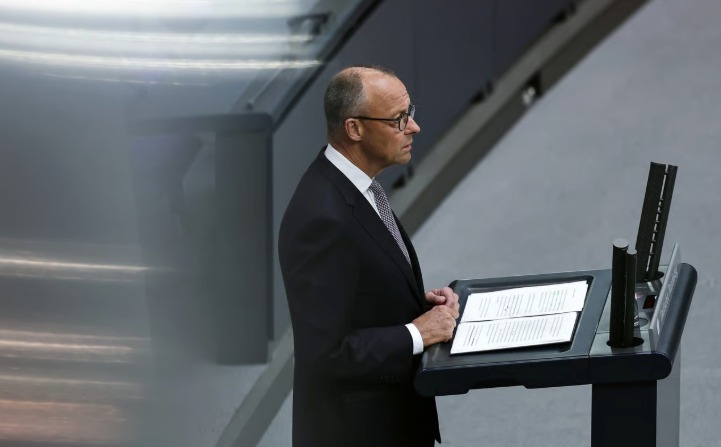
German PM Friedrich Merz stated he is against the European Union reviewing its association agreement with Israel over alleged human rights violations in Gaza.
“Invalidating or terminating this agreement is out of the question for the federal German government,” Merz said in a speech at the Bundestag (Federal Parliament) on Tuesday.
The European Commission launched an investigation into whether Israel has violated its human rights obligations under the EU-Israel Association Agreement. This followed demands from a majority of EU countries to review the deal amid the humanitarian crisis in the Gaza Strip.
A leaked draft text reveals that Israel’s actions “may have violated” the provisions of the association agreement, a comprehensive pact in force since 2000 that covers economic cooperation, political dialogue, and trade in key sectors.
German Foreign Minister Johann Wadephul also opposed calls to suspend the agreement, arguing at a meeting with his colleagues earlier this week that the bloc “needs good relations with Israel.”
This stance puts Germany on a collision course with other EU member states, such as Spain and Ireland, which are demanding the immediate suspension of the agreement.
No immediate action is expected following the EU foreign ministers’ discussion on Israel on Monday, but the issue will likely be on the agenda for their next meeting in July.
As unanimity cannot be reached for a full suspension, legal experts suggest it may be possible to suspend the trade-related part of the agreement, which would require the support of a “qualified” majority.
Although Merz has recently criticized Israel’s military operations in the Gaza Strip with uncharacteristically harsh language for a German leader, Berlin remains one of the country’s most steadfast supporters.
This position was also evident after Israel launched its strikes on Iran. “There is no reason for us, and for me personally, to criticize what Israel initiated a week ago,” Merz said at an industry summit in Berlin on June 23.
Merz also called for a ceasefire in the Gaza Strip yesterday, stating that the people in the region, “especially women, children, and the elderly,” must be shown “humane treatment.”
Europe
Israel-Iran conflict postpones EU plan for Russian oil sanctions

A sudden spike in oil prices, triggered by the conflict between Israel and Iran, has prompted European Union (EU) leaders to reconsider their plans to lower the price cap on Russian oil from $60 to $45 per barrel.
Leaders are concerned that the conflict in the Middle East will further inflate global oil prices, making it unfeasible to tighten sanctions in the current environment.
EU foreign ministers were expected to discuss lowering the price cap at their meeting in Brussels on Monday. However, two diplomats who spoke to Politico stated that this plan is no longer considered viable due to the escalating military tensions between Israel and Iran.
“Given the international situation and volatility in the Middle East, the idea of lowering the price cap is unlikely to gain traction,” one diplomat said. “At the G7 meeting this week, all countries agreed to postpone this decision for now. Prices were quite close to the cap, but now they are fluctuating up and down; the situation is too volatile at the moment.”
Sudden oil price increase disrupts plans
Brent crude, which had been trading below $68 per barrel since early April and had twice fallen below $60, saw its price surge into the 70-79 range after Israel launched a bombardment against Iran last Friday. Russia’s Ural oil was being sold at a discount of more than $10.
European Commission President Ursula von der Leyen noted at the G7 summit earlier in the week that the effectiveness of the current $60 price cap had diminished due to falling prices in the spring.
“However, we have seen oil prices rise in recent days, and the current price cap is serving its purpose,” von der Leyen stated. “Therefore, there is little need to lower it for now.”
Effectiveness of sanctions under debate
The primary goal of the price cap is to reduce Russia’s revenues, as approximately 40% of its budget is allocated to the war. However, achieving this requires a clear oversight mechanism for stricter restrictions, which Russia has largely learned to circumvent using its own “shadow fleet.”
According to an analysis by the Centre for Research on Energy and Clean Air (CREA), a $45 per barrel price cap in May could have reduced Russia’s oil export revenues by 27%, or €2.8 billion. However, experts at the center noted, “This calculation is based on strict and full compliance with the restrictions, which is not at the desired level even now.”
US participation is key
The idea of new sanctions has not found support from Donald Trump, who suggested that Europe should take the first step. According to Maria Shagina, a sanctions expert at the International Institute for Strategic Studies, lowering the price cap without the US would be ineffective.
“Since the price cap was designed as a buyers’ cartel, its implementation requires US participation,” Shagina explained. She argued that it would be better to focus on combating the circumvention of existing restrictions, as “more than 90% of crude oil is currently sold at a price above $60 per barrel.”
Tatyana Mitrova, a researcher at Columbia University’s Center on Global Energy Policy, acknowledged that a lower price cap would be less effective without US involvement. Still, she noted that “the EU and the United Kingdom hold a key advantage in maritime insurance, which would create serious obstacles to sanctions evasion in any case.”
Several European officials familiar with the discussions told Bloomberg that some EU countries believe a lower price cap would only work if the US also participates in the restrictions.
Europe
Germany to expand military with 11,000 new personnel this year
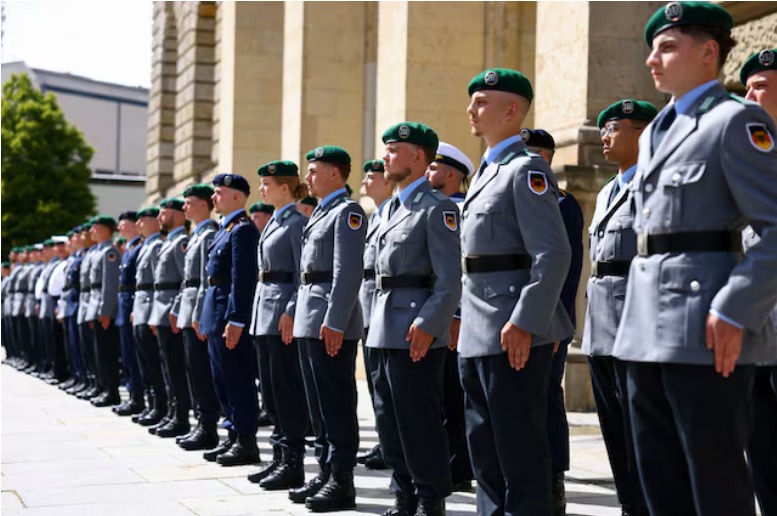
The German government will provide funding for an additional 11,000 military personnel by the end of the year, according to a report by the newspaper Bild on Saturday, June 21, which cited government sources. This represents an increase of approximately 4%.
The newspaper added that this funding will cover 10,000 soldiers and 1,000 civilian staff through the end of 2025. The decision is part of this year’s budget plan, which is set to be approved by the cabinet next week. The capital required for the expansion will be included in this year’s federal budget.
According to the report, the new positions will span the army, air force, navy, and cyber forces.
German Defense Minister Boris Pistorius stated earlier this month that an additional 60,000 soldiers are needed to meet NATO’s armament and personnel targets. The alliance is bolstering its forces, citing a growing threat from Russia.
The proposal will be a top agenda item at the cabinet meeting next week.
-
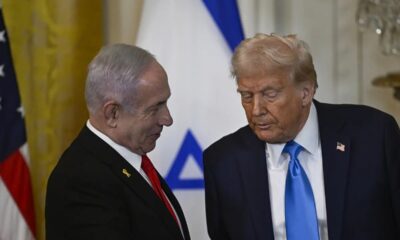
 Middle East6 days ago
Middle East6 days agoUS to launch major bombing campaign against Iran this weekend, Hersh reports
-
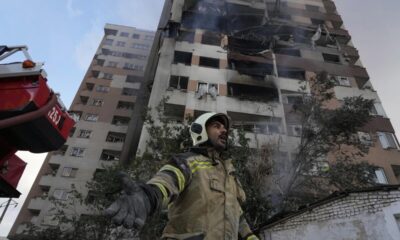
 Diplomacy2 weeks ago
Diplomacy2 weeks agoFormer diplomat warns forcing Iran out of the NPT is the greatest danger
-

 Middle East1 week ago
Middle East1 week agoIran targets Mossad and Unit 8200 in missile attack on Tel Aviv
-
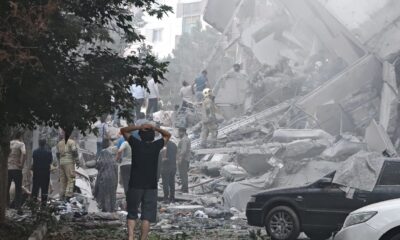
 Diplomacy2 weeks ago
Diplomacy2 weeks agoFormer CIA analyst says Israel used ceasefire talks as a trap
-
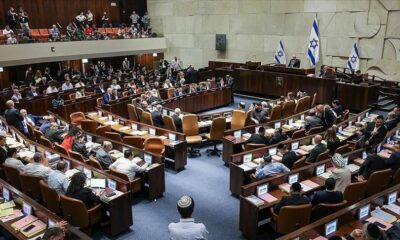
 Middle East2 weeks ago
Middle East2 weeks agoNetanyahu’s government survives no-confidence vote as Haredi crisis is delayed
-

 Middle East1 week ago
Middle East1 week agoIranian missile attack causes heavy damage across Israel
-
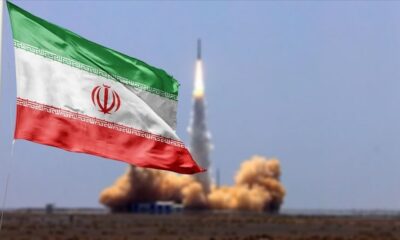
 Middle East1 week ago
Middle East1 week agoIran signals NPT withdrawal amid rising tensions with Israel
-
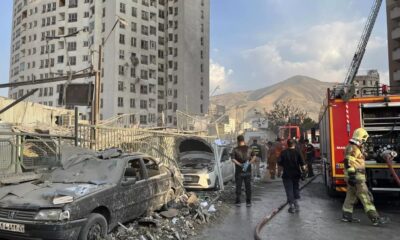
 Middle East2 weeks ago
Middle East2 weeks agoIsrael strikes Iran’s nuclear program, killing high-level commanders


